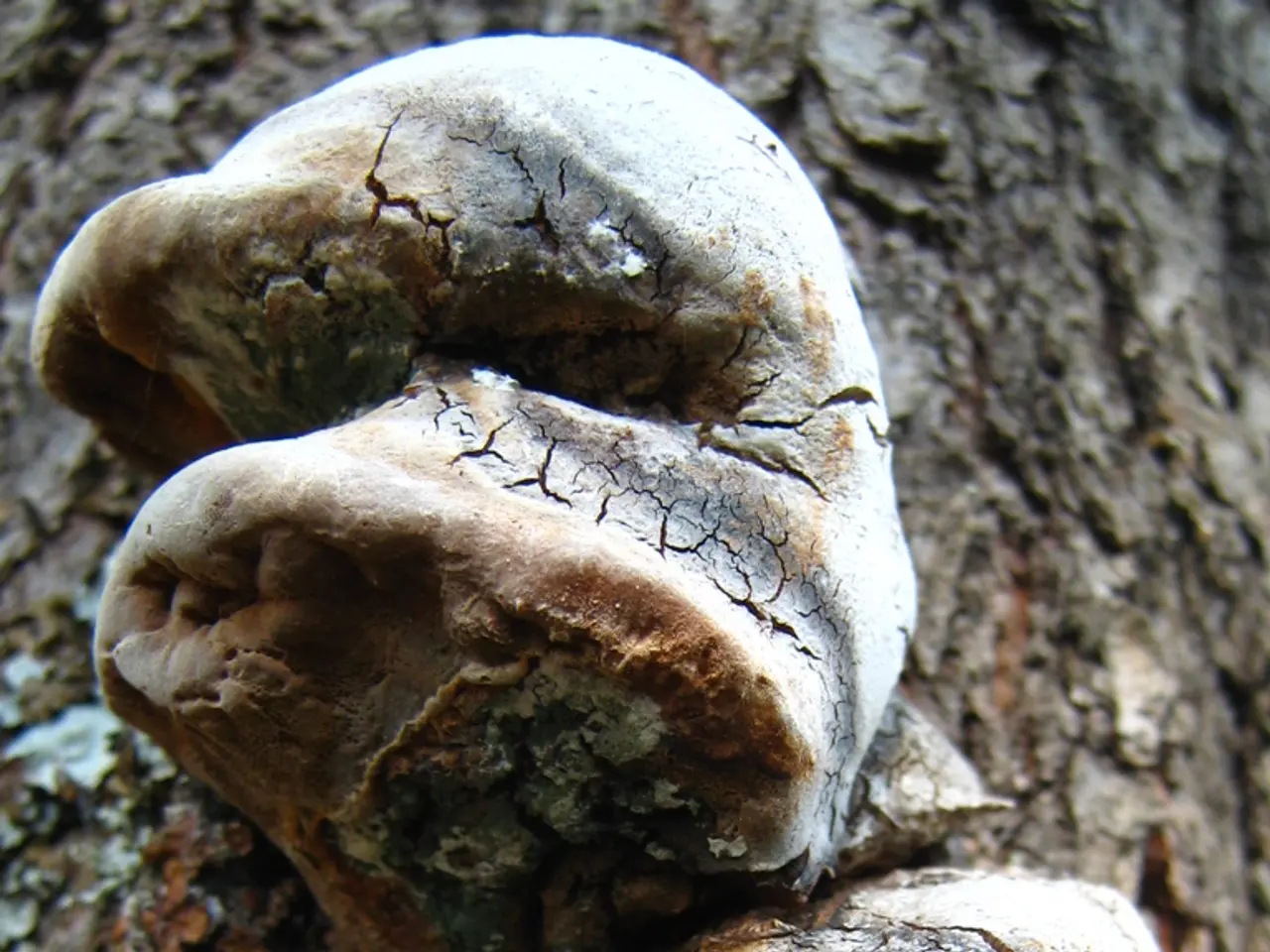Addressing Issues with Norfolk Island Pines: Combat Pests and Diseases Found on Norfolk Island
The Norfolk Island pine (Araucaria heterophylla) is a popular houseplant known for its unique appearance and relative ease of care. However, like any plant, it can face various challenges that may lead to issues such as yellowing leaves, browning or dying branches, and other signs of distress. In this article, we'll explore some common problems that Norfolk Island pines may encounter and provide solutions to help keep your plant healthy and thriving.
Watering Regimen
One of the most crucial aspects of Norfolk pine care is maintaining a regular watering schedule. These plants require consistent hydration to avoid dehydration, which can cause the lower branches to die. Overwatering, on the other hand, can lead to root rot, a condition that slows the plant's growth and causes wilting. To strike a balance, ensure the soil remains moist but not waterlogged.
Diseases and Pests
Diseases and pests can wreak havoc on Norfolk Island pines, causing discolored needles, dying branches, and poor development. Some common issues include:
- Anthracnose: This fungal disease is best prevented by watering the Norfolk Island pine without getting water onto the needles.
- Scale: This sap-sucking insect can weaken the tree, causing yellowing leaves and wilting of lower branches. If the scale infestation becomes severe, consider applying a summer oil to suppress the insects.
- Sooty Mold: Sooty mold is a disease that results from scale pest activities and appears as a type of mold that grows in the honeydew, causing the needles to look grimy.
Micronutrient Deficiency
A deficiency in micronutrients can also cause yellowing in a Norfolk Island pine. To address this issue, apply a micronutrient solution.
Cold Weather Protection
To protect the growing tips of Norfolk pines from cold weather damage, bring the plant inside when temperatures drop to 45°F (7°C) or lower.
Root Rot Prevention
To prevent root rot, use a pasteurized potting mix, keep the soil moisture even, and consider using a protective fungicide.
Spider Mites
Spider mites are tiny bugs that can cause needles to be speckled with tiny beige spots, yellow or brown, or to fall. If the infestation is mild, a shower might help; however, there are several pesticides and horticultural oil available to combat these pests.
Remember, the best defense against pests and diseases is maintaining a healthy Norfolk Island pine through appropriate water and fertilizer care. With the right attention, your Norfolk Island pine can thrive as a beautiful and easy-care houseplant.
Read also:
- Peptide YY (PYY): Exploring its Role in Appetite Suppression, Intestinal Health, and Cognitive Links
- Toddler Health: Rotavirus Signs, Origins, and Potential Complications
- Digestive issues and heart discomfort: Root causes and associated health conditions
- House Infernos: Deadly Hazards Surpassing the Flames








